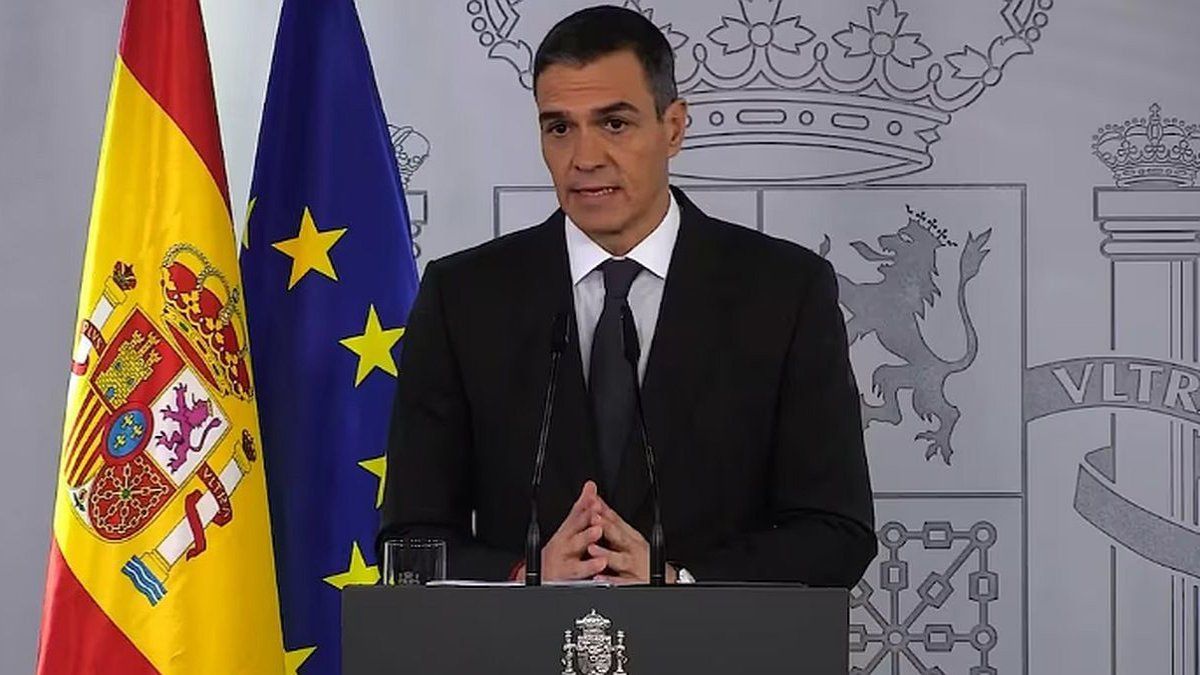In the fight against stubbornly high inflation, the ECB is heading for another rate hike. At first glance, this is good news for savers.
After raising interest rates six times in a row, the European Central Bank (ECB) is heading for another hike this Thursday. According to economists, inflation may have peaked. However, there is currently no sign of a significant relaxation in consumer prices. “The ECB still has a pronounced inflation problem,” analyzes Commerzbank chief economist Jörg Kramer.
Why is high inflation dangerous?
The higher the inflation, the more money is devalued. Consumers can afford less and less for one euro. According to an initial estimate by the statistics office Eurostat, consumer prices in the euro zone in April were 7.0 percent higher than in the same month last year and thus well above the ECB’s target of an annual inflation rate of two percent in the medium term. “Inflation is like toothpaste: it’s easy to squeeze out of the tube, but very difficult to put back in,” Jean-Claude Juncker, then head of the Eurogroup, once warned.
How great is the risk of a wage-price spiral?
If wages rise too much in response to high inflation, this can push prices higher as companies use higher wages as a justification for further price increases. Wages and prices then push each other up. According to ECB chief economist Philip R. Lane, rising wages have so far not been an important source of high inflation. According to him, the central bank expects wages to rise more quickly now that trade unions have reacted to high inflation. “The wage increases are higher than normal, but on the whole they seem quite fair. But we have to keep an eye on that,” Lane recently told the weekly newspaper “Die Zeit”.
What is the ECB doing?
The monetary authorities of the euro are bracing themselves against persistently high inflation with a series of interest rate hikes. Increases in key interest rates make credit more expensive and curb demand. This helps bring down the inflation rate. However, that doesn’t happen overnight. Bundesbank President Joachim Nagel recently explained that interest rate increases usually take effect with a delay of one and a half to two years.
What are the consequences of higher interest rates for savers?
After years of lull, savers are benefiting from rising interest rates for call money and Co. According to data from the comparison portal Verivox, there is an average interest rate of 0.97 percent for nationwide call money offers, more than twice as much as at the beginning of the year. At the top, institutes lure with 3 percent and more. If you invest your money for two years, you will receive an average of 2.58 percent from institutes that are active nationwide. In both cases, according to Verivox, the interest rates at savings banks and cooperative banks are lower on average. Almost a third of a total of 688 institutions evaluated still pays nothing on the call money.
“Many regional financial institutions are taking their time passing on the rising interest rates to their customers,” said Oliver Maier, Managing Director of Verivox Finanzvergleich GmbH. In addition, the high inflation gnaws at the savings, it loses value. The average real interest rate, for example nationwide available call money offers is currently minus 6.22 percent. The real interest rate is the interest rate on savings deposits after deducting the rate of inflation.
What does the rise in interest rates mean for borrowers?
It has become more expensive for borrowers. According to data from the comparison portal Check24, installment loans cost an average of 7.05 percent interest in March and are almost twice as expensive compared to March 2022. Based on preliminary data, this trend continued in April. At the same time, inflation eats up debt.
How badly are builders affected?
You will clearly feel the rise in construction interest rates, which are based on the interest rates on federal bonds. Recently there has been a slight decline. According to Check24, however, the interest rate for ten-year mortgage lending will return to four percent or more in the coming months.
That would mean thousands of euros in additional costs: With construction financing of 400,000 euros and an average interest rate of 3.31 percent annually (as of May 1st), interest costs of 117,982 euros arise up to the end of the ten-year commitment, the comparison portal calculates. The monthly rate is 1770 euros. Should the interest rate rise to 4.50 percent, that would mean additional costs of EUR 41,593 and a monthly rate that would be EUR 397 higher. Higher interest rates hit those who need a new loan or follow-up financing for a home loan. As a rule, nothing changes in the case of ongoing mortgage loans.
What do higher interest rates mean for the state?
For years, the state was able to get fresh money comparatively cheaply. That has changed significantly in the past year. The state has to pay significantly more money for its loans in the form of bonds. According to Federal Finance Minister Christian Lindner (FDP), the federal government’s expenditure on interest on loans has increased tenfold within two years: from around 4 billion euros in 2021 to around 40 billion euros in the current year.
Source: Stern




